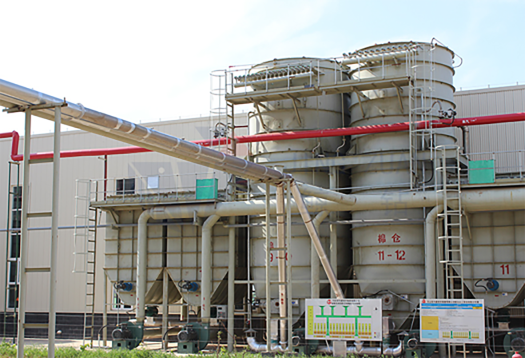
Oct . 06, 2024 04:06 Back to list
hec vs hpmc
HEC vs HPMC A Comparative Overview of Two Essential Hydrocolloids
Hydrocolloids play a pivotal role in the food, pharmaceutical, and cosmetic industries, primarily due to their thickening, gelling, and stabilizing properties. Among the diverse range of hydrocolloids available, Hydroxyethylcellulose (HEC) and Hydroxypropyl Methylcellulose (HPMC) are two of the most widely used. Both substances possess unique characteristics that make them suitable for various applications, yet they also exhibit distinct differences. This article explores the similarities and contrasts between HEC and HPMC, shedding light on their properties, uses, and benefits.
Chemical Structure and Properties
HEC is a non-ionic, water-soluble polymer derived from cellulose. Its chemical structure consists of hydroxyethyl groups attached to the glucose units of cellulose, which enhances its solubility in water. HEC is known for its ability to create viscous solutions, making it an excellent thickening agent.
On the other hand, HPMC is a semi-synthetic, hydrophilic polymer that consists of hydroxypropyl and methyl groups substituted onto the cellulose backbone. The methyl substitutions enhance its water solubility but also have an impact on its viscosity and gel-forming capabilities. HPMC is widely recognized for its thermal stability and ability to form a gel when mixed with water, which is beneficial for various applications.
Applications
Both HEC and HPMC are used in multiple industries, but their applications can vary significantly.
In the food industry, HEC is often utilized as a thickener and stabilizer in sauces, dressings, and baked goods. Its ability to retain moisture makes it a valuable ingredient in products that require a controlled texture. HPMC, conversely, finds applications in gluten-free products, as it helps mimic the textural properties of gluten, providing the necessary structure and elasticity.
hec vs hpmc

In the pharmaceutical sector, both HEC and HPMC are common excipients used in formulations. HEC is frequently employed in topical ointments and gels due to its ability to create a smooth texture and enhance the product's spreadability. HPMC is extensively used in tablet formulations, acting as a binder and controlling the release of active ingredients through its gel-forming nature.
The cosmetic industry benefits from both hydrocolloids as well, where HEC is known for its use in hair care products, offering a lightweight feel and enhancing the product's viscosity. HPMC is frequently used in lotions and creams for its film-forming properties, improving product performance and stability.
Benefits and Considerations
When selecting between HEC and HPMC, manufacturers must consider several factors, including the desired texture, stability, and clarity of the end product. HEC is typically favored for applications requiring a clear solution with a smooth texture, while HPMC is often chosen for its superior gel-forming ability and stability under varying temperature conditions.
Both HEC and HPMC are regarded as safe for consumption, with their safety being supported by extensive research and regulation. However, variations in source and preparation can affect the performance of these hydrocolloids, so careful selection based on specific needs is crucial.
Conclusion
In summary, Hydroxyethylcellulose (HEC) and Hydroxypropyl Methylcellulose (HPMC) are essential hydrocolloids that serve distinct roles across different industries. While both are effective thickening agents, their unique properties make them suitable for various applications in food, pharmaceuticals, and cosmetics. Understanding the differences between HEC and HPMC can help manufacturers make informed decisions, ensuring the optimal performance of their products in a competitive market.
-
Versatile Hpmc Uses in Different Industries
NewsJun.19,2025
-
Redispersible Powder's Role in Enhancing Durability of Construction Products
NewsJun.19,2025
-
Hydroxyethyl Cellulose Applications Driving Green Industrial Processes
NewsJun.19,2025
-
Exploring Different Redispersible Polymer Powder
NewsJun.19,2025
-
Choosing the Right Mortar Bonding Agent
NewsJun.19,2025
-
Applications and Significance of China Hpmc in Modern Industries
NewsJun.19,2025







